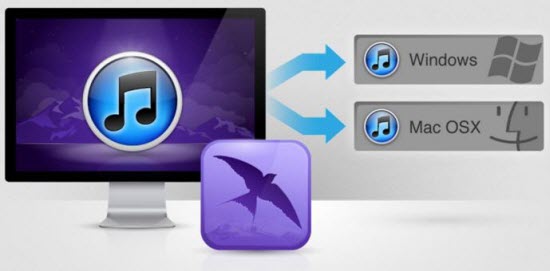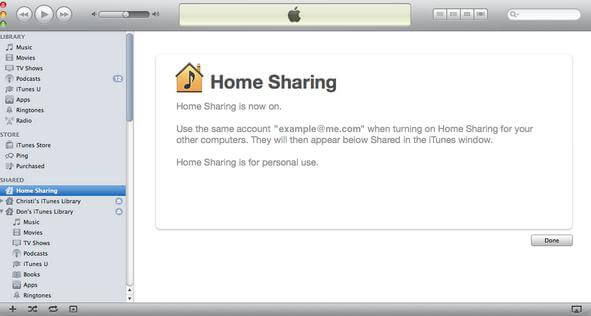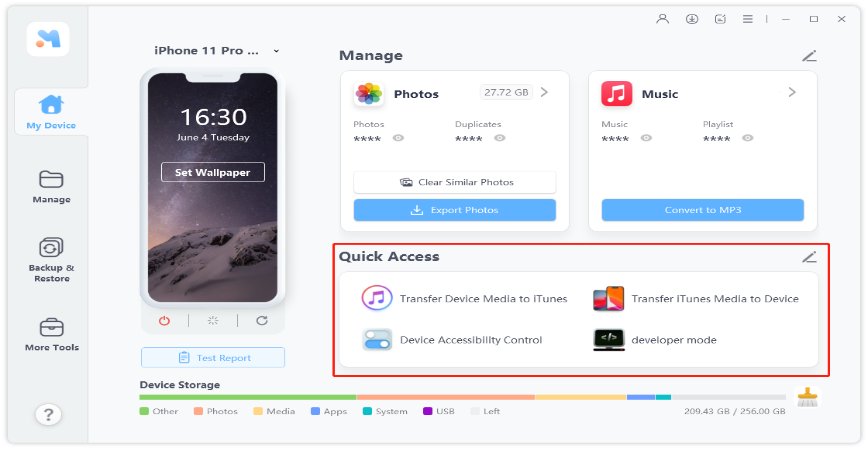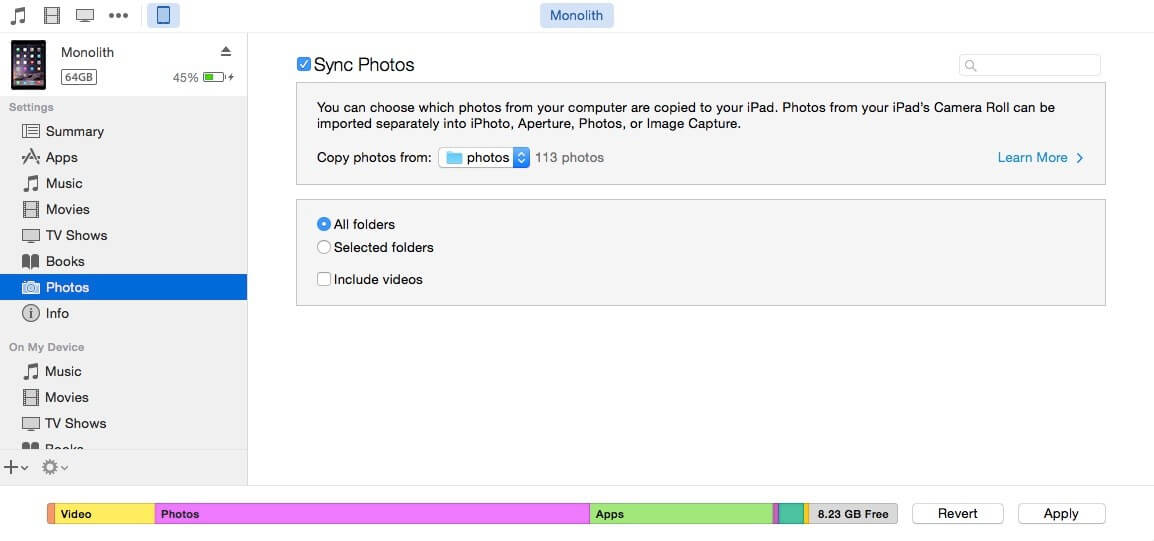Top 5 Effective Ways to Transfer iTunes Library to New Computer
 Jerry Cook
Jerry Cook- Updated on 2019-07-25 to Transfer
Got a new PC or Mac and want to transfer iTunes library to new computer (including music and other files)? No matter whether you want to transfer iTunes library from PC to PC, PC to Mac, Mac to PC, or Mac to Mac, you can pick out one of the top 5 effective ways according to your need and perform transferring. All of them apply to iTunes 11.3, iTunes 11.2, iTunes 11.1, iTunes 11 and other versions.

Top 5 Effective Ways to Transfer iTunes Library to another Computer on Windows/Mac
From thousands and thousands of users' feedbacks, we sum up the top 5 effective methods on how to transfer iTunes library from one computer to another and it is quite simple as well to transfer songs to new computer. Here is the specific information about them.
Top 1. Use External Hard Drive
You can transfer iTunes library to new computer using external hard drive as a medium. This is called the almighty way to copy iTunes library to new computer since it applies to transferring between any computer on Windows 8, Windows 7, Windows XP, or Mac 10.9, Mac 10.8, Mac 10.7, etc. We would like to specify it in details.
- Step 1. Copy iTunes library from old computer to external hard drive
- Open iTunes on the old computer and organize library.
This will help ensure all the files in library can be copied to the external hard drive. To do so, you need to click on File > Library > Organize Library. On the pop-up window, tick the 2 checkboxes and click OK. iTunes library will then be organized and it will take a few seconds.

- Quit iTunes and plug the external hard drive into the old computer.
Note:Make sure the external drive has enough free spaces to cantina the entire iTunes library.
- Find your iTunes library folder.
On Windows, go to My Documents > My Music folder, and the iTunes library should be there.
On Mac, go to Finder > Music folder (or click on your hard drive > select Users > click on your username). - Drag the iTunes library folder to your external hard drive.
Locate your external hard drive and drag iTunes library folder to it. This will take you some time according to the size of your library.
- Open iTunes on the old computer and organize library.
- Step 2. Input the external hard drive to new computer
Disconnect the external hard drive from the old computer and connect it to the new computer.
- Step 3. Transfer iTunes library to new computer
- Open the external hard drive on the new computer and find a location to restore your iTunes library.
To do so, on Windows, go to My Documents > My Music folder; on Mac, go to Finder > Music folder (or click on your hard drive > select Users > click on your username).
- Drag the iTunes library folder from the external hard drive to the location you find above.
Note:If there's already an iTunes library in this location, you'll be asked if you want the new one to replace it. This will delete the old one. Have your choice according to your need.
- Hold down the Option key on a Mac or the Shift key on Windows and run iTunes at the same time.
- On the pop-up window, click "Choose Library" and navigate though your computer on the next pop-up window.
Note:Do as the window says and locate the iTunes folder (on Mac) or .itl file (on Windows). Click Choose on a Mac or Open on Windows to select the iTunes library.
- iTunes now will launch with the new library on the new computer.
- Open the external hard drive on the new computer and find a location to restore your iTunes library.
Top 2. Use iTunes Backup Feature
iTunes offer a built-in backup tool that you can backup library to disk. This method will back up your full library to CD or DVD and all you need are blank discs and some time.
- 1. Back up your iTunes library to disk on the old computer by going to File menu > Library > Back Up to Disc and do as the instructions shows you on windows.
- 2. Install iTunes on your new computer and insert the backup disk.
- 3. Open the disk and drag the backup files into iTunes or go to iTunes and choose File > Add to Library and navigate to the files on your disk.
Top 3. Try Migration Assistant
This method only applies to transferring iTunes library from Mac to Mac and you will need a Firewire cable.
- 1. Use a Firewire cable to connect the 2 Macs.
- 2. Restart the source (original) Mac while pressing and holding the "T" key.
- 3. Open Migration Assistant (located in /Applications/Utilities/) on the Mac that you want to transfer iTunes library to. Then click "Continue".
- 4. Follow the onscreen instructions to complete and copy iTunes library to anther computer.
Top 4. Try Home Sharing

Home Sharing allows you to easily transfer iTunes media library among up to 5 computers in your household. Here is the general guide to show you how to transfer iTunes library to another computer with it. You can also visit Apple's website for more information about Home Sharing in iTunes.
- 1. Open iTunes on both computers.
- 2. Turn on Home Sharing on your old computer.
- 3. Authorize your new computer and turn on Home Sharing.
- 4. Select the Home Sharing icon on the left side of iTunes on new computer.
Note:Once Home Sharing is enable, its option disappears from the left side of iTunes until a Home Share library is found from anther computer.
- 5. Click Home Share once your new computer sees the Home Share from your old computer and select the content in the Home Share that you want to transfer to your iTunes library on the new computer or choose Edit > Select All to choose all of it.
Top 5. Use an iPod
This is similar to the method in top 1 and here we would like to simplify it.
- 1. Connect iPod to the old computer and close iTunes if it is open.
- 2. Find iTunes library folder. You can refer to the instructions in top 1.
- 3. Drag iTunes library folder to iPod.
- 4. Open iTunes and eject iPod.
- 5. Plug iPod to new computer and open iTunes. Drag the "iTunes" folder from iPod to "Music" or "My Music" folder.
You can choose any one of these ways to transfer iTunes library (music, videos or other files in it) to new computer as you like. If you have any question, leave it at your comments.



